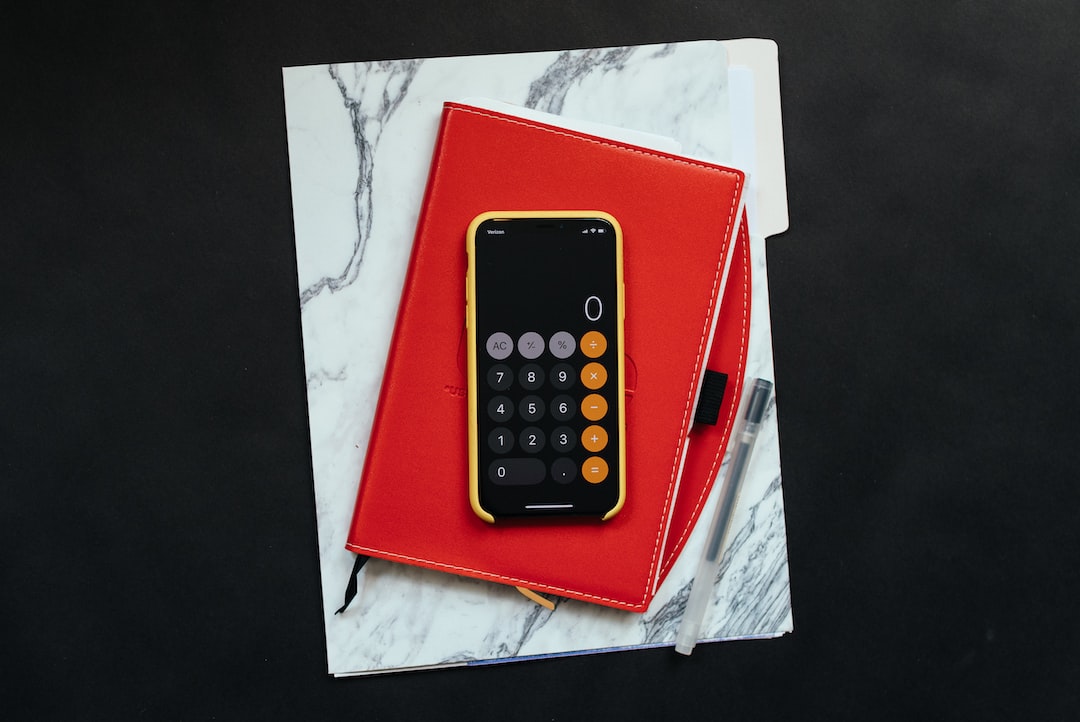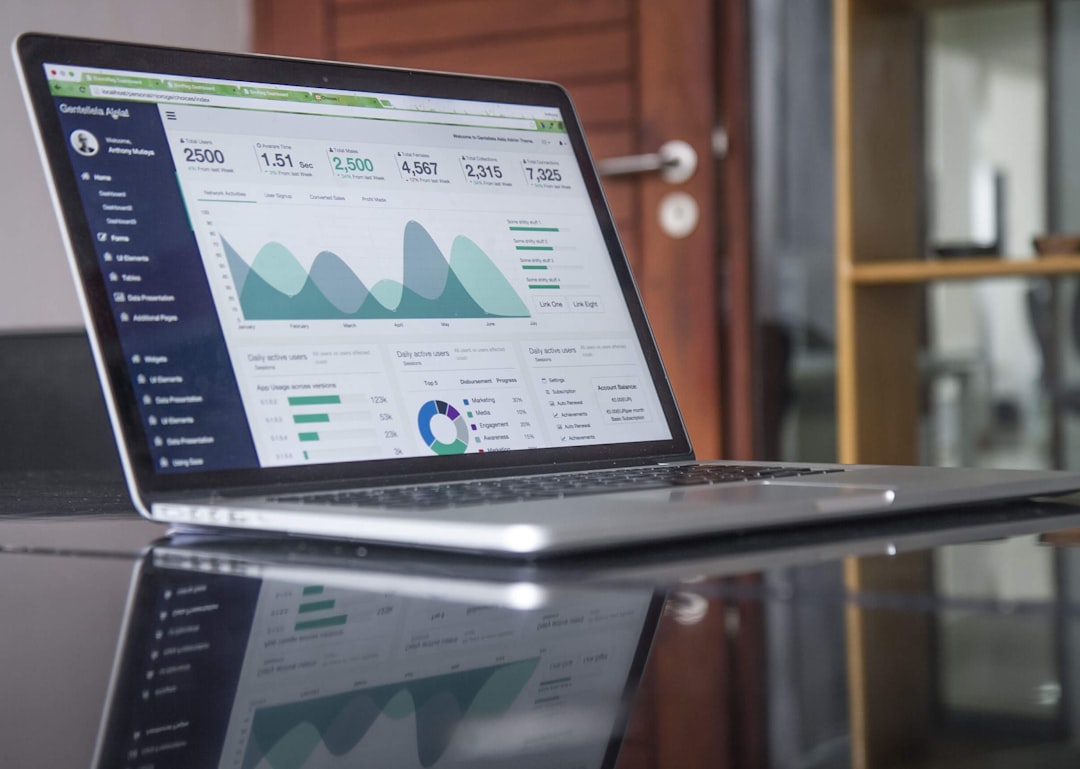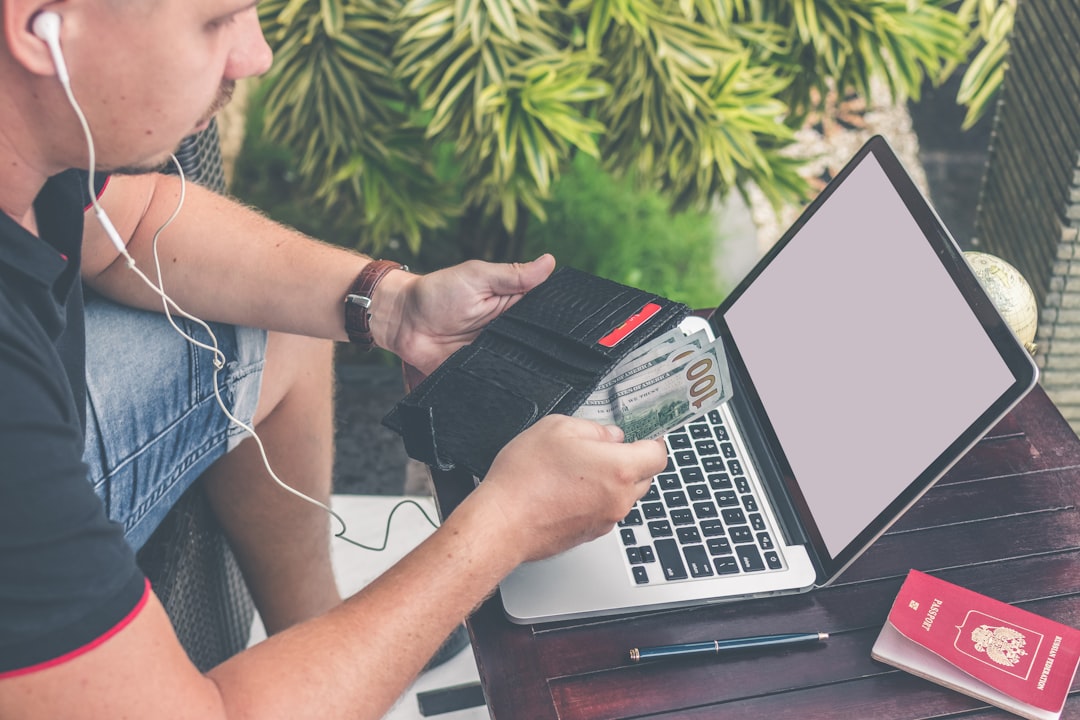In the aftermath of the COVID-19 pandemic, it has become increasingly apparent that having financial resilience is crucial. Many people were caught off guard by the economic impact of the pandemic, and have learned the hard way the importance of having an emergency fund to fall back on. Building financial resilience is not just about being prepared for unexpected life events, it is also about creating a foundation for your long-term financial success.
An emergency fund is the cornerstone of financial resilience, as it provides a safety net that allows you to weather unexpected financial storms without derailing your financial progress. In this blog post, we will explore the different pillars of building financial resilience, with a focus on the critical role that emergency funds play in this process.
We will start by discussing why an emergency fund is crucial and explore the various factors that determine how much you should aim to save. We will then move on to discuss strategies for building your emergency fund, including tips and tricks for making the process easier and more manageable.
Additionally, we will cover one of the most important aspects of an emergency fund – knowing when to dip into it versus when to tough it out. Moreover, we will also touch on other pillars of financial resilience that should be considered in addition to emergency funds, such as proper insurance coverage, investments, and other savings goals.
By the end of this blog post, you will have a clear understanding of what it means to build financial resilience, and how you can start taking proactive steps to ensure that you are financially prepared for whatever life throws your way. So, let us dive right in and explore the first pillar of financial resilience – the emergency fund.
The First Pillar – Why an Emergency Fund is the Foundation of Financial Resilience
In today’s fast-paced world, unexpected events can occur at any time. From losing a job to unexpected medical expenses, having a financial safety net is essential to weathering these storms. This is where the first pillar of financial resilience comes in: an emergency fund.
An emergency fund is a cash reserve that covers your living expenses for a specified period. A fully-funded emergency fund will give you peace of mind that if something unexpected occurs, you will have the financial means to keep your head above water.
Why is an emergency fund so crucial to financial resilience? For starters, it can help you avoid going into debt. Without an emergency fund, many people will resort to credit cards or loans to cover unexpected costs, putting them in a precarious financial situation once the bills come due.
Secondly, an emergency fund helps you build financial discipline. To build an emergency fund, you need to set aside money each month, which may require making sacrifices in other areas of your life. This discipline can spill over into other areas of your finances, such as paying down debt or investing.
Lastly, an emergency fund can provide a psychological boost. Knowing that you have a safety net to fall back on can reduce anxiety and stress, allowing you to focus on other aspects of your life.
In short, an emergency fund is the foundation of financial resilience. Without it, you leave yourself vulnerable to financial shocks that could have detrimental effects on your life. In the next section, we’ll discuss how to calculate your emergency fund needs.
To build an emergency fund, you need to set aside money each month, which may require making sacrifices in other areas of your life.
The Second Pillar – Calculating Your Emergency Fund Needs: How Much is Enough?
Once you have made the decision to start building your emergency fund, the question that naturally comes up is “How much money should I save?” The answer, of course, depends on a variety of factors unique to your personal financial situation.
A good place to start is to evaluate your monthly expenses and create a realistic budget. Take the time to examine all of your bills and expenses, from mortgage or rent payments to groceries and transportation costs. Be sure to include discretionary spending as well, such as dining out or entertainment expenses.
Once you have a clear understanding of your monthly expenses, the general rule of thumb is to save between three to six months worth of living expenses in your emergency fund. This means that you should have enough money to cover all of your expenses, should you lose your job or have a medical emergency, for example.
However, keep in mind that the amount you need to save ultimately depends on your individual situation. Consider factors such as the stability of your job, the number of people you are responsible for financially, your overall health, and your personal risk tolerance.
In addition, it’s important to recognize that your emergency fund needs will evolve as your life circumstances change. For example, if you have a new baby or take on a mortgage, your monthly expenses will likely increase, meaning you will need more money in your emergency fund.
Lastly, don’t forget to consider any other debt you may have when calculating your emergency fund needs. If you have significant debt, it may be wise to prioritize paying that off before saving for a larger emergency fund.
Remember, building financial resilience is a journey, one that requires careful planning and smart decision-making. By determining your emergency fund needs and crafting a strategy to build it, you are taking a critical step towards being financially prepared for the unexpected.
Remember, building financial resilience is a journey, one that requires careful planning and smart decision-making.
The Third Pillar – Strategies for Building Your Emergency Fund: Tips and Tricks
Once you have calculated how much you need for your emergency fund, the next step is to start building it. Building an emergency fund can be a daunting task, but with the right strategies and techniques, you can make it easier and less stressful. Here are some tips and tricks for building your emergency fund:
1. Set a Realistic Goal
When building your emergency fund, it’s important to set a realistic goal. This means deciding on an amount that you can realistically save each month or week, without negatively impacting your daily life. If you set a goal that is too high, you may become discouraged and give up. On the other hand, if you set a goal that is too low, it may take you longer to reach your target.
2. Automate Your Savings
One of the easiest ways to build your emergency fund is to automate your savings. This means setting up an automatic transfer from your checking account to your savings account each month. By doing this, you’ll save without even thinking about it, and you’ll be more likely to stick to your savings plan.
3. Cut Back on Expenses
If you’re struggling to save money for your emergency fund, it may be time to cut back on expenses. Look for areas in your budget where you can trim costs, such as eating out less or cancelling subscriptions you don’t use. Remember, every little bit counts when it comes to building your emergency fund.
4. Sell Unwanted Items
Another great way to boost your emergency fund is to sell unwanted items. You can sell items such as clothes, electronics, or furniture online through platforms like eBay or Facebook Marketplace. Not only will you make some extra cash, but you’ll also declutter your home in the process.
5. Earn Extra Income
In addition to cutting back on expenses, you can also boost your emergency fund by earning extra income. This can be done through taking on a side hustle, freelancing, or even taking on a part-time job. Whatever it is, every extra dollar you earn can go towards building your emergency fund.
6. Use Windfalls Wisely
Finally, when unexpected money comes your way, such as a tax refund or work bonus, use it wisely by putting it towards your emergency fund. It may be tempting to splurge on something you’ve been eyeing, but remember that having a solid emergency fund will give you peace of mind and financial security in the long run.
In conclusion, building an emergency fund requires discipline, patience, and perseverance. By setting a realistic goal, automating your savings, cutting back on expenses, selling unwanted items, earning extra income, and using windfalls wisely, you’ll be well on your way to achieving financial resilience. Remember, the third pillar – strategies for building your emergency fund – is crucial in ensuring you’re prepared for whatever life throws your way.
It may be tempting to splurge on something you’ve been eyeing, but remember that having a solid emergency fund will give you peace of mind and financial security in the long run.
The Fourth Pillar – Knowing When to Dip into Your Emergency Fund vs. When to Tough it Out
Building and maintaining an emergency fund is critical to achieving financial resilience. The funds help you cover unexpected expenses, reduce stress, and protect you from high-interest debt. It is essential to know when to dip into your emergency fund, to ensure you achieve your financial goals.
However, knowing when to use your emergency fund can be challenging. It is important to identify what constitutes an emergency expense and what expenses you can tough out. Common emergency expenses may include unexpected medical bills, car repairs, and home maintenance. These are expenses that, if left unpaid, can have severe consequences.
Before dipping into your emergency fund, ask yourself a few basic questions to decide whether the expense is an actual emergency or not. Firstly, is the expense unexpected? Secondly, is the expense necessary? Finally, is it an expense that, if left unpaid, would cause financial distress or significant hardship?
It’s important to note that dipping into your emergency fund is not always the right solution. Some situations may require a different approach. For example, if you can pay off the expense through monthly installments, it may be more practical to use a credit card or personal loan, especially if the interest rates are lower than your emergency fund’s return rate.
Moreover, if the expense is not an emergency, you may find other ways to pay for it. For instance, you can explore selling some of your belongings or finding extra work to increase your income, rather than dipping into your emergency fund.
In summary, knowing when to dip into your emergency fund versus when to tough it out is an essential part of building financial resilience. Having a clear understanding of what constitutes an emergency expense is crucial to avoid over-reliance on the emergency fund. You should also weigh the various options available to pay for the expense, not always using your fund. By doing this, you can ensure your emergency fund serves its primary purpose of providing a safety net in case of unexpected expenses.
When to Tough it Out
Building and maintaining an emergency fund is critical to achieving financial resilience.
The Fifth Pillar – Beyond Emergency Funds: How to Build Comprehensive Financial Resilience
So, you’ve got your emergency fund all set up and you’re feeling pretty good about your financial situation – what’s next? Building comprehensive financial resilience takes more than just an emergency fund. In fact, there are several additional pillars to consider when it comes to securing a strong financial foundation.
One important aspect of building comprehensive financial resilience is to address any outstanding debt or credit issues. Developing a solid plan for paying off debt or tackling credit issues should be a top priority, as these factors can undermine your financial stability in the long run.
Another important consideration is to focus on building a diversified investment portfolio. Investing your money wisely and in a variety of stocks, bonds, and other assets can help you to weather economic downturns and maximize your returns over time.
In addition to diversifying your investments, it is also crucial to focus on building multiple streams of income. This can include starting a side hustle, investing in rental properties, or incorporating passive income sources such as dividends or royalties.
Finally, building strong relationships with financial professionals and advisors can help to ensure that you are staying on track with your financial goals and making the best decisions for your unique situation.
Overall, building comprehensive financial resilience requires a multifaceted approach that goes beyond simply having an emergency fund. By focusing on diversifying your investments, tackling outstanding debt and credit issues, building multiple streams of income, and cultivating strong relationships with financial professionals, you can create a solid foundation for long-term financial success.
Another important consideration is to focus on building a diversified investment portfolio.
Conclusion – How Building an Emergency Fund Can Help You Achieve Long-Term Financial Success
Congratulations! You’ve made it through all six pillars of building financial resilience, focused on the critical importance of an emergency fund. But wait, there’s more! The primary benefit of building an emergency fund is its ability to propel you towards long-term financial success.
The reality is that unexpected expenses or emergencies happen, and they often come with hefty costs. When you don’t have an emergency fund in place, you’re more likely to rely on credit cards, loans, or other forms of debt to cover the costs, which can set you back financially.
However, when you have an emergency fund in place, it can prevent you from falling into debt, and instead, allow you to take advantage of opportunities that come your way. It enables you to make more thoughtful decisions that can positively impact your overall financial health.
By having a solid emergency fund, you can also build a sense of financial security and peace of mind. Knowing that you have a financial safety net, by having an emergency fund, can help you focus on your financial goals, and work on achieving them without added stress or worry.
Lastly, building an emergency fund can provide the financial freedom and flexibility to pursue other financial goals, such as saving for a down payment on a house or investing in the stock market. By having a foundation built with an emergency fund, you can focus on your long-term financial goals with confidence.
In conclusion, building financial resilience is essential, and the foundation of that resilience is having an emergency fund. Establishing an emergency fund takes time, effort, and discipline, but the benefits are undeniable. Having an emergency fund allows you to be better prepared for whatever financial misfortunes may come your way while also setting you up for long-term financial success. Start building your emergency fund today, and experience firsthand, the peace of mind and financial freedom that a robust emergency fund can provide.





